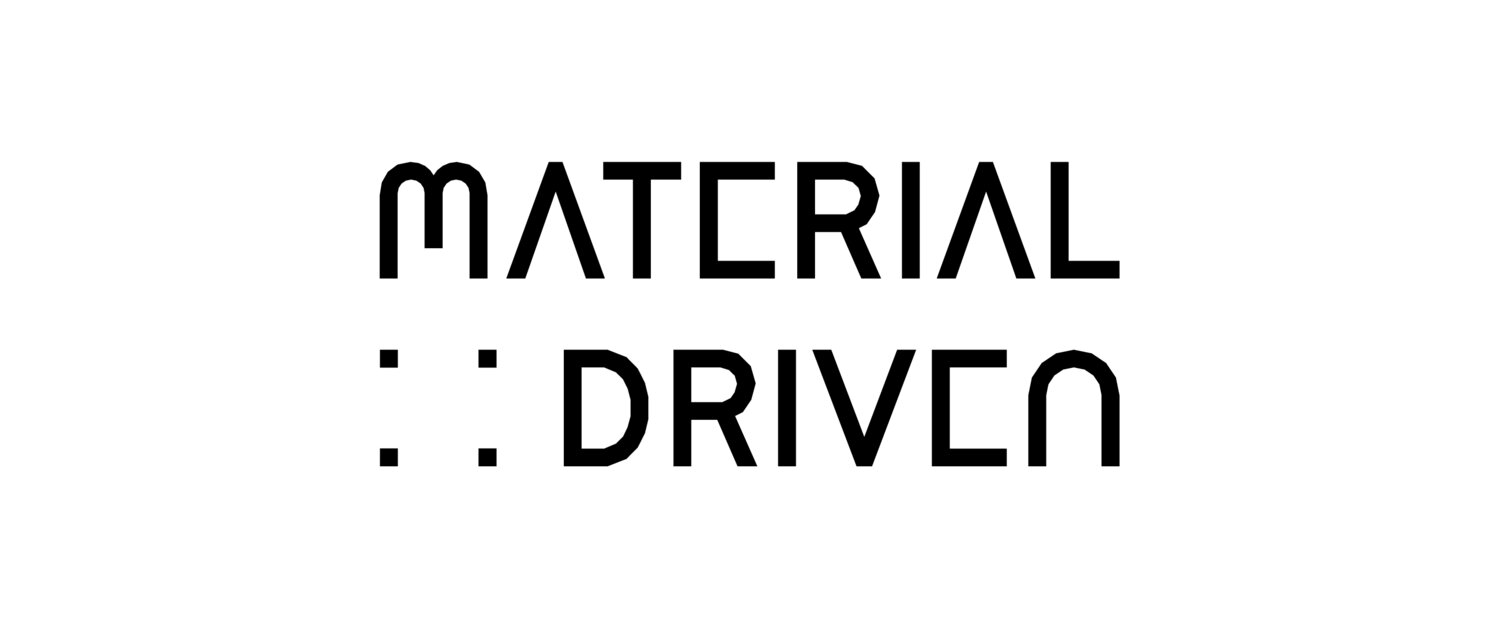Heritage and Innovation–The making of Mirrl
On the Past and Future
What could delicately decorated and carefully coated lacquerware from Japan, and the bold, fluid and organically patterned material before you—Mirrl—have in common?
At first glance, their aesthetic seems poles apart. Japanese lacquerware feels dainty and suggests gentle handling, and has for centuries depicted traditional motifs in a limited, but rich palette of colors such as gold, red, black and earthy nudes.
On the other hand are the radical swirling shapes in bright greens, blues, oranges, and reds seen in the colorways of Mirrl–a new solid surface material and company launched this year. The geographies of the materials couldn’t be further apart as well, with Mirrl being designed and fabricated in Glasgow, Scotland, several thousand miles away from Japan.
Japanese Lacquerware on wood, Image source: Shutterstock
The vibrant standard colorways of materials from Mirrl
In reality, the concept and techniques behind creating Mirrl ® have much in common with traditional Japanese lacquerware. Lacquerware builds up in layers–multiple dark and clear coatings of 'lacquer' (natural or artificial) interspersed with decoration. Decoration being the glistening inlay or painted motifs that make lacquerware memorable. The eye-catching and almost psychedelic material Mirrl, on the other hand, is created through a unique process involving producing multiple patterned layers of tinted resin in different tones or colors onto Birch plywood. The gradual, and layered generation of aesthetic, and their sense of depth is something that both materials and surfaces have in common.
Mirrl's Blaven colorway placed wrapped around an interior surface
The team behind Mirrl create the material to order, in small batches in their workshop, using a technique inspired by lacquerware from the island of Hokkaido. While their production and sheet format can meet the demands of any large-scale architectural project, the element of craft, and quality of generating a pattern by hand–much like Japanese lacquerware–is still very much there.
On Japanese Lacquerware
While lacquerware has its footprint and roots all across Asia, it has developed nuances in each country. The Japanese version of this craft has adorned a wide range of objects–from Buddha figurines, and pottery, to wooden Bento boxes.
Seen as early as 5000 BCE in Japan, in the Jomon period, lacquerware initially employed the poisonous and dried sap of the lacquer tree–Urushi. Multiple–usually three–layers of the lacquer were coated onto objects to seal and protect them, but also to encase delicate decorations such as carvings, and inlays of seashells and mica.
On Mirrl
Mirrl has a distinctive organic pattern, and the creators of the solid surface material have generated a core range of 8 standard colorways for architects, designers and project owners to select from. They are also able to create a bespoke colorway based on RAL or Pantone codes.
A bespoke Mirrl material with teal and copper colorways create for the Glasgow Housing Association
On discovering the material at Surface Design Show this year in London, we were intrigued with the material’s aesthetic, but also its applications and ease of use. We were pleased to learn that Mirrl is suited for both interior, and exterior use, is highly resilient to the elements and easy to clean, as well as maintain and repair.
Mirrl used for exterior cladding and the reception room at the Govanhill Housing Association
Given its versatility, the material has been and can be applied to domestic kitchen surfaces, bathroom surfaces, bar tops, restaurant table tops, furniture, exterior wall cladding and more. The makers of Mirrl are able to create custom-sized sheets and more three-dimensional cast forms, as well as sheets made to standard size ((1200 x 2420mm).
Mirrl applied to a kitchen worktop surface
Mirrl's vibrant red and orange colorway applied to a bar top surface
Recently, the dynamic foursome at Mirrl created two large triangular, and double-sided panels for a geodesic dome installation curated by MaterialDriven at the Baltic Centre in Newcastle. The exterior and interior of the dome exhibit a total of 4 vibrant Mirrl colorways, and respond perfectly to the brief of the immersive installation–exhibiting material innovation and Northern identity, as well as helping create an interactive, and highly engaging experience for visitors.
For those based in North England, or visiting, we urge them to visit the project and look out for Mirrl's panels embedded all over the 4.3-meter high dome display. The exhibit is open until September 30th. More details can be located here.
One of the four Mirrl surfaces seen at the Idea of North geodesic dome display by MaterialDriven, at the Balitc Centre for Contemporary Art
For readers interested in learning more about Mirrl, or acquiring their material for projects, do contact the Mirrl team here.















